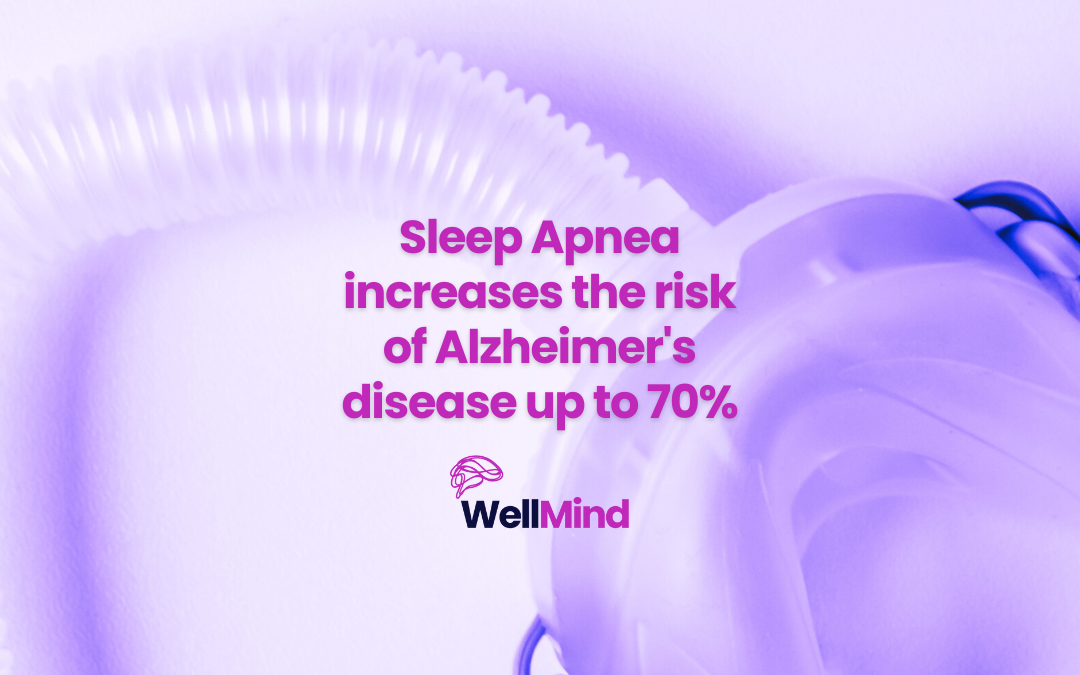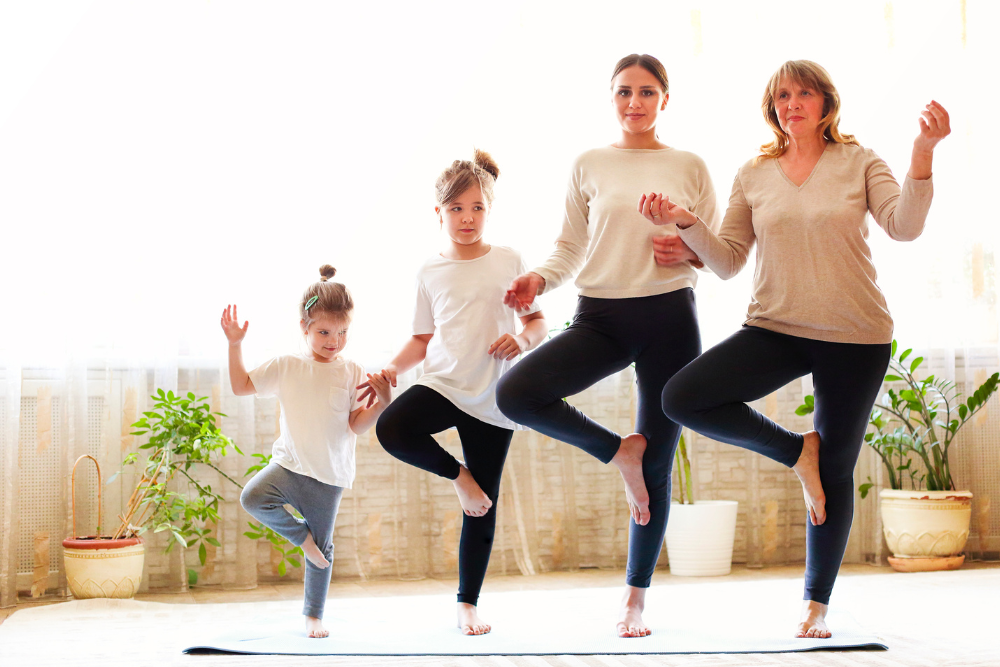We all understand the importance of a good night’s sleep for overall health and well-being. One of the essential factors that contribute to quality sleep is the environment of your bedroom. Here are tips for creating the best bedroom environment for sleep, based on scientific research and sleep experts’ recommendations.
1. Invest in a Comfortable Mattress and Pillows
A comfortable mattress and pillows are essential for quality sleep. The right mattress and pillows can help support your body’s natural curves and reduce pressure points, ensuring that you sleep comfortably and wake up without any pain or stiffness. A study published in the Journal of Chiropractic Medicine found that sleeping on a new mattress for 28 days resulted in significant improvements in back pain, stiffness, and sleep quality.
2. Choose the Right Bedding
The type of bedding you use can also impact your sleep quality. Choose bedding that is comfortable, breathable, and suited to your sleeping preferences. For example, if you tend to get hot during the night, consider using sheets made from breathable materials like cotton or bamboo. On the other hand, if you tend to get cold, consider using flannel sheets or a down comforter. You may even want to explore a temperature controlled mattress or mattress topper, especially if you sleep with a partner with a different temperature tolerance than your own
3. Keep it Cool
Temperature plays a crucial role in sleep quality. According to the National Sleep Foundation, the ideal temperature for sleep is between 60-67℉. Adjust the temperature in your bedroom to ensure it falls within this range. You can also use a fan or air conditioner to help regulate the temperature and create a comfortable sleep environment.
4. Be in the Dark
Darkness is essential for quality sleep. Exposure to light can interfere with your body’s production of melatonin, a hormone that helps regulate sleep. Use blackout curtains or shades to keep the room dark and minimize any light pollution from outside. You can also consider using an eye mask to block out any light and create a pitch-black environment.
5. Shhhhh
Noise can also impact sleep quality, making it difficult to fall asleep or stay asleep. Use earplugs or white noise machines to reduce any noise pollution in your bedroom. White noise machines produce a consistent sound that can help drown out any background noise and create a peaceful sleep environment.
6. Minimize Distractions
Your bedroom should be a space reserved for sleep and relaxation. Avoid using electronic devices like smartphones, tablets, or laptops in bed, as the blue light emitted from these devices can interfere with your body’s production of melatonin. If you’re prone to wake up during the night and reach for your phone or device, move it to another room or somewhere it isn’t immediately accessible. One idea is to put your phone and other devices “to bed” an hour before you plan to hit the hay on their charging stations outside of your bedroom. Also, be sure to keep your bedroom free from distractions like clutter, work-related materials, or anything else that may cause stress or anxiety.
7. Create a Relaxing Atmosphere
Creating a relaxing atmosphere in your bedroom can help prepare your mind and body for sleep. Use calming colors, such as blue or green, to create a soothing environment. Add elements like plants or essential oils, such as lavender or chamomile, to help promote relaxation and reduce stress. You can also consider using a diffuser to disperse essential oils throughout the room.
Creating the best bedroom environment for sleep requires attention to several factors, including the right mattress and pillows, comfortable bedding, temperature control, darkness, noise reduction, minimizing distractions, and creating a relaxing atmosphere. By following these tips, you can improve the quality of your sleep and wake up feeling refreshed and energized.
Sign up for our newsletter to receive monthly cognitive health and wellness updates.
Sources:
- Jacobson, B. H., Boolani, A., Smith, D. B., & Changes, J. D. (2015). Effect of prescribed sleep surfaces on back pain and sleep quality in patients diagnosed with low back and shoulder pain. Journal of chiropractic medicine, 14(3), 155-163.
- National Sleep Foundation. (n.d.). Darkness is Essential to Sleep. Retrieved March 31, 2021, from https://www.sleepfoundation.org/articles/darkness-essential-sleep
- Sleep Foundation. (n.d.). Relaxing Bedroom Ideas to Create Your Personal Oasis. Retrieved March 31, 2021, from https://www.sleepfoundation.org/articles/relaxing-bedroom-ideas-create-your-personal-oasis







